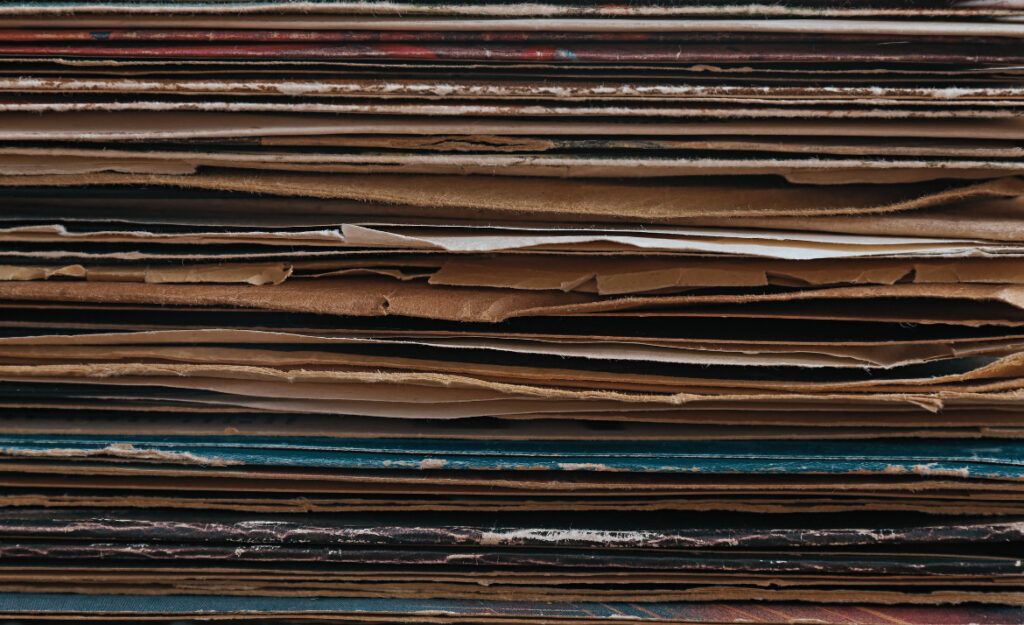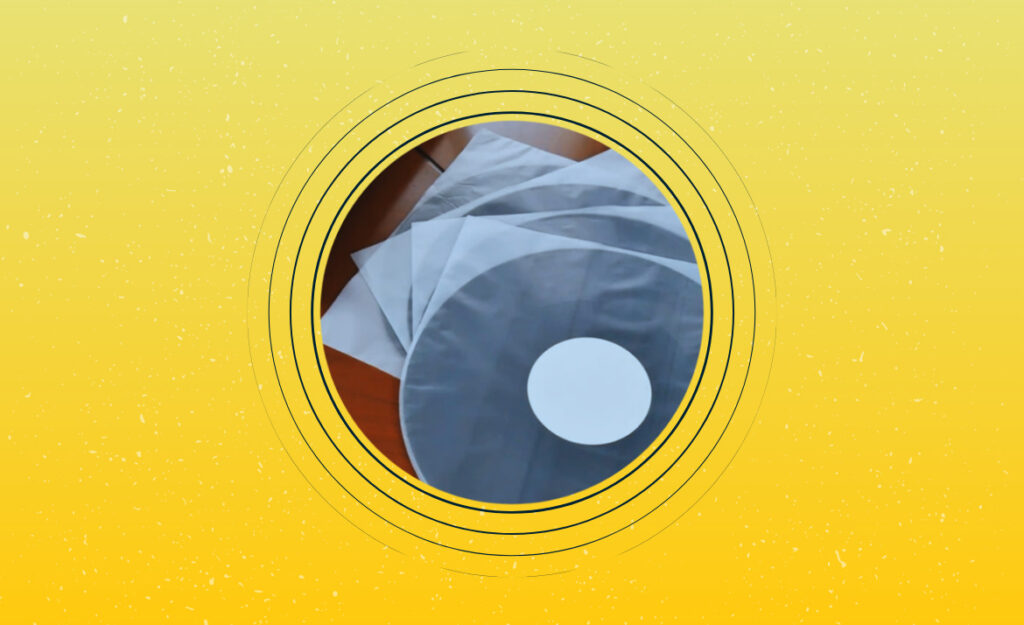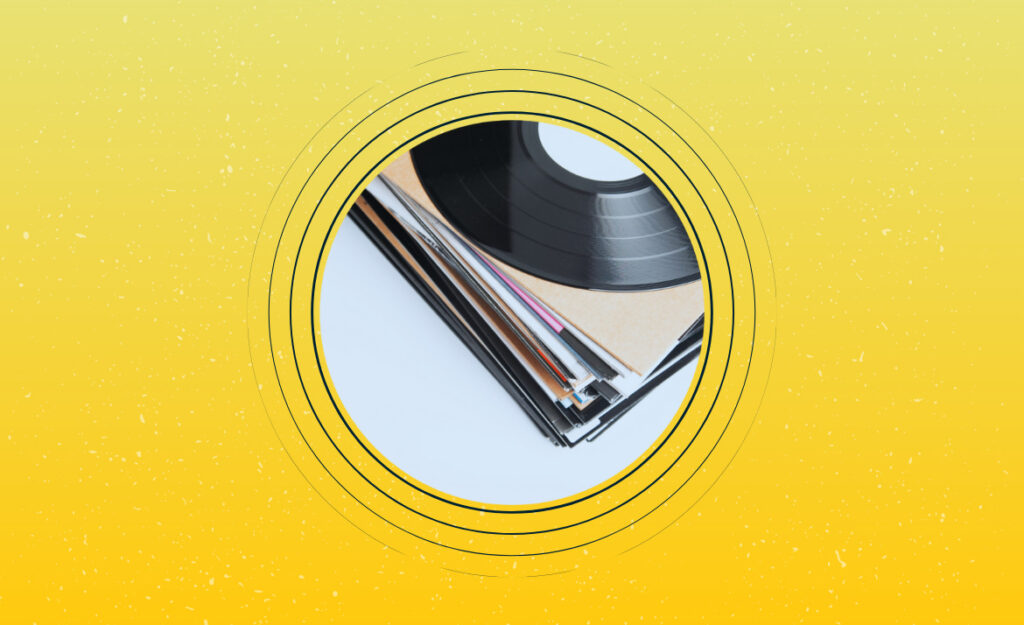
Few things ruin a listening session faster than hearing a warped vinyl record wobble on your turntable. Hidden within everyday habits, risks for vinyl warping prevention multiply quickly, but taking targeted steps will help preserve your collection’s sound and value.
A proper approach to storing and displaying records won’t just keep them looking sharp—it’s one of the most reliable ways to ensure albums last for decades without sound loss or distortion. Each decision, from shelving placement to managing room temperature, shapes your collection’s future.
This article explores proven strategies and specific steps for vinyl warping prevention, focusing on how managing heat and light exposure preserves audio quality. Feel confident with practical routines, creative ideas, and actionable dos and don’ts you can use right now.
Strategic Storage Placement Prevents Heat and Light Damage
Placing records away from windows and heat sources is rule number one for anyone interested in vinyl warping prevention. This single switch protects both sound quality and album lifespan.
When sunlight pours onto sleeves or radiators warm a shelf, heat and ultraviolet light subtly attack the vinyl each day. Over weeks or months, this repeated exposure leads to visible warping that can’t be undone. Making a thoughtful choice about shelf placement pays off long-term.
Separating Records from Direct Sunlight Is Crucial
Direct sunlight heats records unevenly, causing sides to expand and contract at different rates. This is a recipe for edge warping and can even cause grooves to distort. When possible, store your albums along a wall that never receives direct natural light—even indirect, filtered light can raise surface temperatures enough to slowly warp thin discs.
Imagine setting a record on a sunlit dashboard: within minutes, it could soften or curl up at the edges. That’s why collectors prioritize placement in shadier, climate-controlled areas—even the most beautiful album cover shouldn’t double as a sun-catcher in your living room.
By creating a home setup that’s always out of direct sun—no matter the hour—you’re adopting a core vinyl warping prevention tactic. Use blackout curtains, frosted window films, or strategic furniture if moving the shelf isn’t realistic.
Distance from Heat Sources Protects Grooves and Covers
Heaters, radiators, and heating vents create pockets of dry, warm air. Placing shelves near one can cause records to soften and slowly warp, even if sunlight never touches them. Place albums at least three feet from any direct heat source—and double-check that portable space heaters and even lamp bulbs aren’t pointed in their direction.
If you notice sleeves feel warm to the touch at any point during the day, relocate the shelf or move the heat source. Ask yourself: “Does this spot stay a consistent temperature, year-round”? That’s what you want. This simple adjustment keeps collections playable and sleeves crisp.
Avoid placing records atop any appliance that gets warm during operation, such as refrigerators, amplifiers, or even high-powered routers. All of these emit enough radiant heat to compromise vinyl if left for long stretches.
| Storage Location | Light Exposure Level | Heat Exposure Risk | Vinyl Warping Threat | Actionable Next Step |
|---|---|---|---|---|
| Window-adjacent Shelf | High | Medium | Severe | Relocate shelf or install blackout curtains immediately |
| Against Inside Wall (No Vents) | Low | Low | Minimal | Safe choice: check temperature stability every season |
| Above Radiator | Low | High | High | Reposition records at least 3ft away from heat source |
| Beneath Unshaded Skylight | Very High | Low | Medium | Add UV film to glass, use covered storage boxes |
| Closet or Internal Room | None | Very Low | Minimal | Ideal: just maintain airflow and avoid moisture |
Protective Accessories Keep Vinyl Flat and Stable in Any Room
Adding the right accessories offers an extra insurance policy for vinyl warping prevention, even if conditions shift throughout the year. These tools provide simple, hands-on solutions that reinforce storage best practices.
Protective products reduce direct exposure to heat and light by blocking or dispersing environmental threats, acting as a physical buffer for precious records. They’re practical investments for anyone rebuilding or upgrading a collection.
Best Accessories for Blocking Both Heat and Light
Using inner sleeves made from high-density polyethylene or polypropylene creates a stable microenvironment for each record. These sleeves greatly reduce heat transfer, especially when paired with snug-fitting, anti-static outer covers that reflect or diffuse UV rays.
- Choose lined inner sleeves: These guard grooves from sudden temperature swings and dust, limiting direct environmental impact on both sides of the vinyl.
- Install UV-protective outer sleeves: Thicker, UV-rated sleeves don’t just keep out grime; they actively protect album art from fading and help keep internal temperatures stable.
- Opt for archival boxes: Acid-free, closed storage boxes insulate against both radiant warmth and photodegradation, especially in rooms that occasionally get warm or sunny.
- Add reflective shelf liners: By placing metallic or white shelf liners underneath your records, you prevent absorbed heat from shelving materials, helping vinyl retain its original flatness.
- Choose stackable storage bins: When short on shelf space or dealing with unpredictable temperatures, vented bins with tight lids slow down rapid changes and distribute pressure evenly.
Lining up these accessories gives you redundancy: if one element fails, the others step in, safeguarding collections throughout seasonal changes or sudden weather events.
Everyday Habits That Tackle Warping
Daily habits create hidden risks or layer on protection for records. Small steps, repeated consistently, build strong defenses for vinyl warping prevention.
- Return records after use: Leaving albums out exposes them to ambient light and fluctuating temperatures. Always re-sleeve and shelve after listening to avoid subtle, daily warping damage.
- Monitor humidity and temperature: Use a digital gauge. This gives you immediate feedback, especially if windows, HVAC, or space heaters fluctuate, and allows quick action when levels move outside the vinyl-safe range.
- Rotate stack position: If you store some records horizontally, rotate the stack order every few weeks, so one record isn’t always at the bottom and bearing weight or heat from above.
- Store upright with support: Space records so they stand straight, using shelf dividers if needed. Leaning or bowing puts uneven pressure on outer records, accelerating warp when exposed to warmth.
- Cover exposed records: If you have “Now Playing” racks or display frames, ensure they face a wall or are shaded for most of the day, or add a dust cover when sunlight sneaks in.
Building these routines into your collection care takes a few extra moments each day but adds years of playability to your favorite albums.
Seasonal Shifts Demand Vigilant Vault Tactics
Collectors need responsive strategies during rapid temperature changes—spring heat waves or winter furnace surges are common culprits for sudden, subtle warping that escapes notice until playback.
Targeting forces like direct light and radiative heat is reliable, but anticipating shifting seasons lets you protect even cherished, high-value records during unpredictable climate swings.
Switching Setups for Summer Versus Winter
In summertime, test surfaces for heat by touch—if a shelf or album cover feels warm, it’s absorbing too much ambient energy. Use blackout curtains, and keep a small fan circulating air past storage shelves rather than directly at the vinyl.
When using air conditioning, check that cold air doesn’t blow directly onto albums. The mismatch of cold flow and residual warmth can stress vinyl, bending edges or causing slow, invisible warps inside sleeves.
During the winter, radiators and forced-air vents change air temperatures quickly. Move racks away from vents or install deflectors to direct warmth upward and away from your collection. Monitor for dryness, as extreme fluctuations between humidifiers and dry air sap resilience from both sleeves and grooves.
Adapting for Heatwaves and Cold Snaps
When a heatwave strikes, quick adjustments matter. Relocate records temporarily into an internal closet or lower cabinet—spaces less exposed to direct sunlight. Pack them loosely to promote airflow and limit dense pressure.
Drape a light-colored towel or install a reflective barrier in front of shelves if moving albums during a heatwave isn’t practical. Never use dark covers, as these absorb and trap more heat around the vinyl.
In a cold snap, pause regular cleaning with cold fluids. Allow records to warm up to room temperature before handling, as sudden transitions may introduce micro-fractures. Store albums in areas buffered from drafts, where temperatures remain stable despite outdoor fluctuations.
Routine Monitoring and Maintenance Make Prevention Second Nature
Keeping records flat, playable, and vibrant gets easier with daily and weekly habits tailored to vinyl warping prevention. Regular checks and small corrections add up—think of it as routine dental care for your favorite records.
Stability isn’t accidental: collectors develop fluency in small details, from shelf feel to air flow to how fast inner sleeves slide out. Detecting minor changes lets you prevent major harm before it’s visible, so your favorite albums sound their best every time.
Using Temperature and Humidity Sensors Effectively
A digital thermometer and hygrometer provide essential, real-time data on conditions that threaten vinyl longevity. Place these on the same shelf or in the same storage crate as your records, checking readouts once daily until typical ranges become familiar.
If room temperatures regularly reach above 77°F or humidity swings beyond 55%, act immediately. Move a portable AC, adjust a fan, or activate a dehumidifier to bring readings into the ideal range. Set smartphone reminders to check these values after notable weather shifts or power outages.
Glance at your sensor before cleaning or organizing; it’s an easy trigger for troubleshooting—if something feels “off,” you’ll spot problems before harm spreads across your collection.
Visual Inspections for Early Signs of Warping
Every time you shelve or remove a record, check that it sits flat on the platter and that sleeves slide in smoothly. Catching minor warping early lets you adapt storage or control climate before sound quality suffers.
Hold each album at eye level, spinning it gently for a clear view of edge flatness. Listen for subtle thumps or fluttering as it rotates: these hints of new warping signal the need for more controlled storage this season.
Document any pattern—like persistent edge-lift during hot months—so you can look for root causes in shelving, lighting, or accessories. Noticing changed sound or sleeve stiffness proves environmental tweaks are needed.
Consistency in Storage Orientation and Pressure Distribution
Storing records upright uses gravity to maintain their flat shape, even during minor fluctuations in room temperature or exposure. Supporting every inch of an album prevents unwanted flex and encourages even pressure along the disc’s surface.
Avoid stacking records horizontally unless absolutely necessary, and when you do, limit the stack size and duration. Otherwise, albums bear the full weight of those above, intensifying heat’s effects.
Practical Shelving and Spacing Adjustments
Shelf dividers and non-slip backings help support records so they stand fully straight, never bowing or leaning into each other. A simple hand test—running your palm along the upright row—should yield no obvious gaps or leaning albums.
Each segment of the shelf must be filled just enough to keep records from falling over, but never so tight that sleeves become misshapen. Adjust spacing every few weeks as you add or remove titles from your collection.
For long-term storage, transition to archival boxes or sturdy crates. These alternatives distribute weight evenly, keep records upright, and add another layer of protection against outside heat or light.
Scripts for Real-Life Adjustments
Imagine a collector saying, “I noticed my shelf was getting direct morning light—every day at 8 a.m., I’d see a sunbeam running across the top row. I installed blackout shades and shifted my storage bins to the lowest shelf. Now my discs are always cool to the touch and my favorite jazz albums play perfectly.” That simple routine protects not just one but all albums in the collection.
Another example: “Whenever I clean up after a session, I check that none of the albums are sagging against the end of the shelf. If I see a lean starting, I add a new divider or remove a few records for more space. It takes 2 minutes and guarantees my shelves stay warp-safe—no more surprise distortions!”
These scripts highlight the real-world impact of daily observation and quick adjustment, turning best practices into second-nature rituals that safeguard sound and value.
Conclusion: Turning Prevention Into an Everyday Habit
Proactive vinyl warping prevention relies on quick, targeted steps—consistent shelving, smart accessory use, and measured responses to heat and light. These concrete routines keep every record in peak condition, year after year.
Making prevention part of daily life lets collectors enjoy richer sound and authentic cover art. Even as seasons change, reliable storage and routine check-ins stop warping from sneaking in and keep listening effortless.
Every careful move, like checking for sunbeams or straightening a stack, pays real dividends: flat, flawless albums and a sound you can trust whenever the needle drops.



